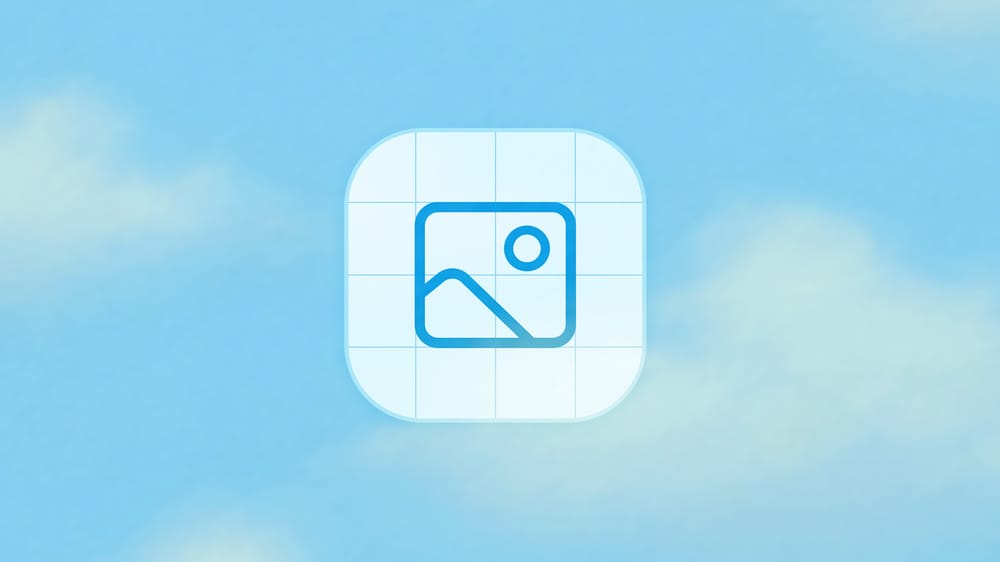OpenAI has made its latest image generation model available to developers through its API, expanding access beyond ChatGPT users. The technology, known for creating realistic Ghibli-style photos among other images, can now be integrated directly into apps and services.
The feature has seen massive user engagement in ChatGPT. Over 130 million users created more than 700 million images in just the first week after it launched in March.
OpenAI announced in its official release: “Today, we’re bringing the natively multimodal model that powers this experience in ChatGPT to the API via gpt-image-1.”
What Makes This Image Generator Different
The gpt-image-1 model stands out for several key capabilities:
- Creating images across diverse artistic styles
- Following detailed custom guidelines
- Using real-world knowledge in generating images
- Accurately rendering text within images
- Handling a larger number of objects in prompts than previous models
These improvements make the technology useful for everything from designing marketing materials to creating educational content.
Major Companies Already Using It
Several prominent companies are integrating or testing gpt-image-1:
Adobe is incorporating the capabilities into its Firefly and Express tools, giving creators more options for generating different aesthetic styles.
Figma has begun rolling out features that let designers generate and edit images directly within their design environment. Users can adjust styles, add or remove objects, and expand backgrounds all within Figma.
Airtable is using the technology to help enterprise marketing teams manage asset workflows. This includes generating campaign concepts, remixing assets, and localizing media for different markets.
Other companies exploring the technology include Wix, Canva, GoDaddy, Instacart, HubSpot, Gamma, HeyGen, OpusClip, Photoroom, and Playground.
Similar Posts:
Safety and Pricing
The API includes the same safety measures as the image generation feature in ChatGPT. This includes restrictions on creating harmful content and adding C2PA metadata to all generated images so they can be identified as AI-created.
Developers have some control over moderation sensitivity with “auto” (default) and “low” settings available, though core policy restrictions remain in place.
The pricing structure is based on tokens:
- Text input tokens: $5 per million
- Image input tokens: $10 per million
- Image output tokens: $40 per million
In practical terms, this works out to roughly $0.02 for a low-quality square image, $0.07 for medium quality, and $0.19 for high quality.
Real-World Applications
The technology is already being used in various ways:
Photoroom is using it to help online sellers create studio-quality product images, lifestyle scenes, and on-model shots from a single product photo.
OpusClip helps YouTube creators generate thumbnails that match their video content.
Instacart is testing the technology for creating images for recipes and shopping lists.
GoDaddy is exploring ways to help customers easily create logos and marketing assets that reflect their unique brand identities.
What This Means for the Future
The widespread availability of this technology means more apps and services will likely incorporate AI-generated images in the coming months. From helping small businesses create marketing materials to enabling designers to quickly prototype ideas, the impact will be felt across many industries.
OpenAI’s inclusion of C2PA metadata is a step toward transparency, allowing platforms to identify which images are AI-generated.For now, the technology’s release to developers marks another significant step in making advanced AI tools more accessible and integrated into everyday digital experiences.







